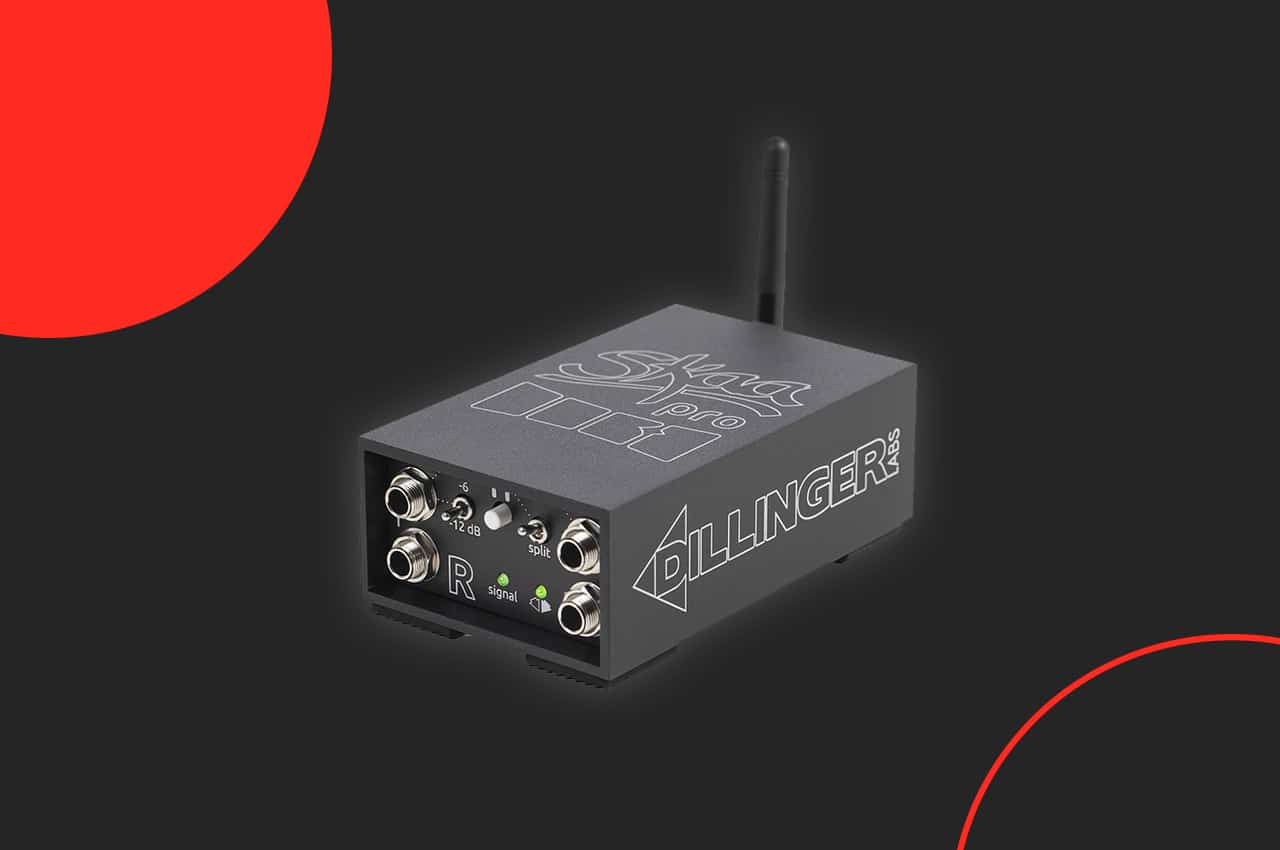Comprehensive review of SKAA Pro wireless audio technology for DJs. Learn how it works, its latency, use with speakers and headphones, pros, cons, and whether it’s the future of cable-free DJing.
SKAA Pro Review: The Future of Wireless DJ Audio?
The DJ industry has slowly embraced wireless innovations. While controllers like the Denon Prime Go introduced battery power, audio transmission has remained stubbornly tethered to cables. Bluetooth is unsuitable due to latency, leaving DJs frustrated. Enter SKAA Pro, a new wireless audio protocol promising ultra-low latency and professional reliability. Could this finally be the solution DJs have been waiting for?
The Problem with Wireless Audio
Traditional wireless systems like Bluetooth have too much latency—often hundreds of milliseconds—making them incompatible with real-time DJ performance. Press play, scratch cue points, or tap effects, and the lag ruins the flow.
For DJs, timing is everything. To adopt wireless, we need low, fixed latency with sample-accurate sync across multiple outputs.
What Is SKAA?
SKAA is a proprietary wireless audio platform developed by Eleven Engineering. Unlike Bluetooth or Wi-Fi streaming:
- Latency is locked and predictable.
- Designed for professional multi-speaker syncing.
- Supported by consumer devices like the Soundboks 3 portable speaker.
The first SKAA version achieved 36ms fixed latency. Better than Bluetooth, but still high for DJs.
Introducing SKAA Pro
SKAA Pro is the next evolution, cutting latency nearly in half:
- 19ms locked latency (comparable to high-end wireless in-ear monitor systems).
- Consistent sync across multiple devices.
- Works with both speakers and headphones.
For DJs, this latency is low enough to be musically usable for cueing, beatmatching, and effects.
How It Works
DJs can use SKAA Pro wireless adapters, powered via USB, with either:
- RCA-to-3.5mm connections (for speaker outs).
- 3.5mm headphone jack for cue monitoring.
Compatible receivers—such as Soundboks speakers or SKAA-enabled headphones—auto sync without manual pairing.
Wireless DJ Setup Example
Using a Denon Prime Go (already battery-powered), you can:
- Connect a SKAA Pro transmitter to Master Out.
- Wirelessly link to Soundboks speakers.
- Add a second transmitter to the headphone jack.
- Pair SKAA-compatible headphones for wireless monitoring.
This creates a fully wireless DJ configuration—controller, speakers, and headphones.
Performance & Testing
- Speakers: Master outs synced across two+ speakers, producing a phased, locked stereo image even when placed apart.
- Headphones: DJs could cue tracks in sync with the master outs, something never achievable with Bluetooth.
- Battery impact: Minimal, as transmitters consume extremely little power.
Sound quality is full-range, with no noticeable digital artifacts, though a small degree of audio compression is applied.
Pros
- Ultra-low 19ms latency.
- Locked sync across multiple devices.
- Wireless cueing via headphones.
- Simple plug-and-play setup.
- Battery impact negligible.
Cons
- Currently adapter-based (requires dongles).
- Limited adoption—few DJ gear brands natively integrate SKAA Pro yet.
- Slight data compression, though mostly inaudible.
Price & Availability
At launch, adapters and receivers are available primarily through third-party manufacturers like Soundboks and Dillinger Labs. Wide DJ hardware integration remains aspirational but possible.
The Future of Wireless DJing?
SKAA Pro represents the most promising step toward wireless DJ audio. A fully cable-free booth is now possible—something unimaginable just a few years ago. The key question: will manufacturers embed SKAA into future controllers and mixers, making adapters unnecessary?
Final Score: 8.5/10 – A game-changing technology with the potential to redefine DJ setups, though adoption remains crucial.


